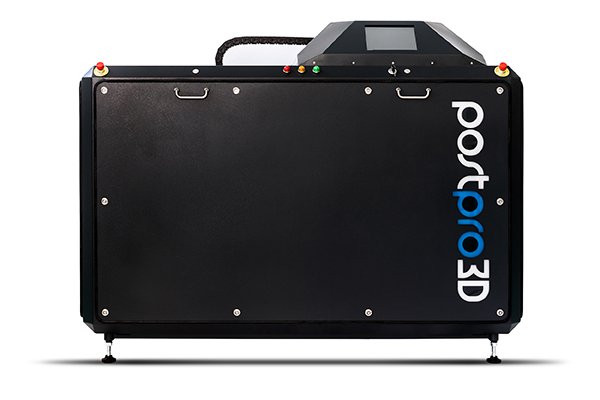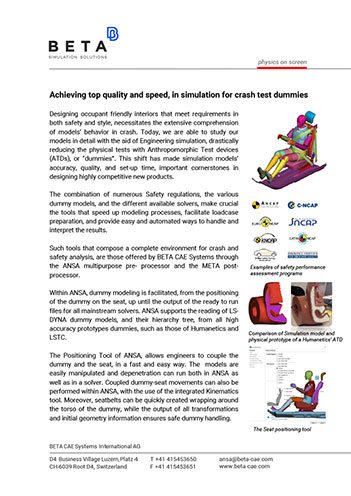AMT to Debut Post-Processing Technologies at RAPID 2019
The PostPro3D hardware system is an automated post-processing solution that can achieve a surface quality at least equal to injection molding on parts printed using various techniques.

The PostPro3D systems from Additive Manufacturing Technologies. Image courtesy of AMT.
Post-Processing and Finishing News
Post-Processing and Finishing Resources


Latest News
May 3, 2019
Additive Manufacturing Technologies (AMT) will be showcasing its PostPro3D system at booth 656 at the upcoming RAPID 2019 show, May 20-23 in Detroit, MI. The company will offer a global introduction of two new products—the PostPro3DColor and the PostPro3DMini. Like the original PostPro3D, these systems feature Boundary Layer Automated Smoothing Technology (BLASTTM) for mass production applications ranging from aerospace to footwear.
BLASTTM is a physio-chemical performance- and aesthetics-enhancing process that can smooth a wide variety of thermoplastic polymers, and is a non-line-of-sight process that can smooth surfaces and complex internal cavities of polymer 3D printed parts. The process is controllable, allowing reproducible results with no degradation of the mechanical properties of parts.
The PostPro3D hardware system is an automated post-processing solution that can achieve a surface quality equal to or better than injection moulding on parts printed using laser sintering, HP Multi Jet Fusion, high speed sintering, or fused deposition modeling technology, the company reports. It can provide this surface quality through a series of pre-defined parameter sets and algorithms, the company adds.
The ease-of-use and automated nature of the PostPro3D are also central characteristics of two news additions to the PostPro3D range that will be introduced at RAPID 2019, the flagship PostPro3DColor and the PostPro3DMini, the company notes.
The PostPro3DColor is commercially available post-processing equipment that can smooth and color 3D printed parts in a single step without using water and without disposable waste streams. The PostPro3DMini offers all the advantages of the PostPro3D machine, but in a more compact unit for smaller production runs.
Parts processed in the PostPro3d machine can reportedly exhibit no more than 0.4% dimensional change irrespective of desired surface finish. Typical process time for the PostPro3D is 90 to 120 minutes, and parts are ready to use when removed from the machine, requiring no further post-processing steps.
“Our BLASTTMprocess seals the surface of the parts being processed removing porosity and thus sealing them against liquid or gas ingress. Our PostPro3D systems make part surface finishing cost and speed competitive for high volume production and has been fully tested on products across a wide range of industry sectors including automotive, aerospace, sports, and footwear,” says Joseph Crabtree, CEO at AMT.
“We are excited to be exhibiting and presenting for the first time at RAPID in Detroit next month,” he adds. “We have been operating in semi-stealth mode in the US, but our system has been commercially available for the last 8 months. We are scaling up production both domestically in the US and globally and we are eager to share the progress we have made with our post-processing solutions.”
AMT is working in partnership with numerous OEMs, vendors and material suppliers with a collaborative approach.
Sources: Press materials received from the company and additional information gleaned from the company’s website.
Subscribe to our FREE magazine, FREE email newsletters or both!
Latest News
About the Author
DE’s editors contribute news and new product announcements to Digital Engineering.
Press releases may be sent to them via DE-Editors@digitaleng.news.




